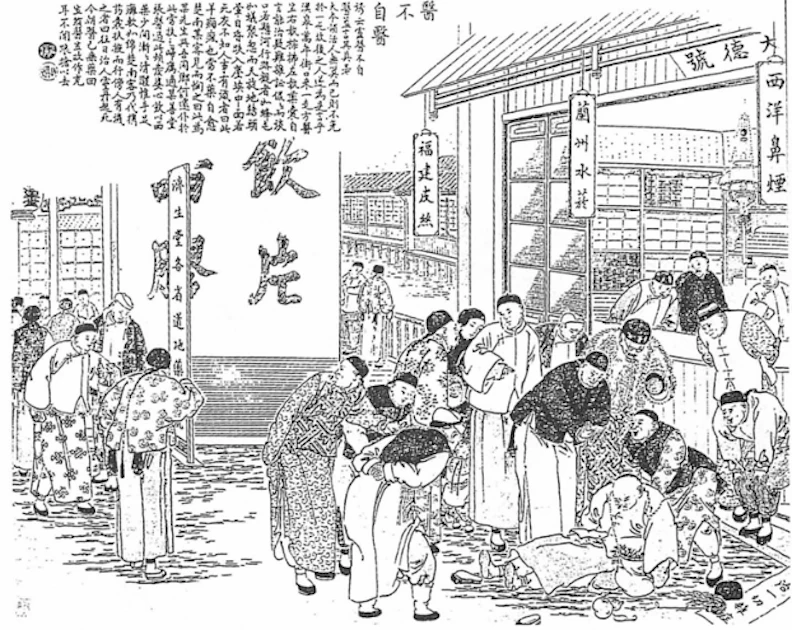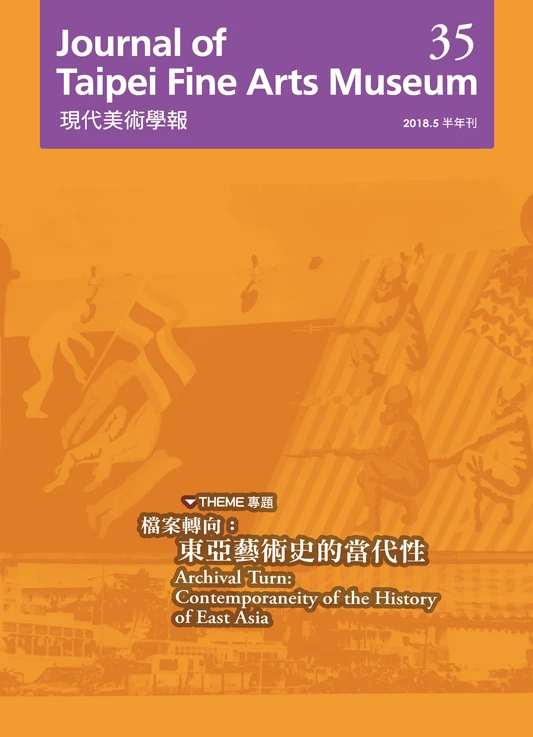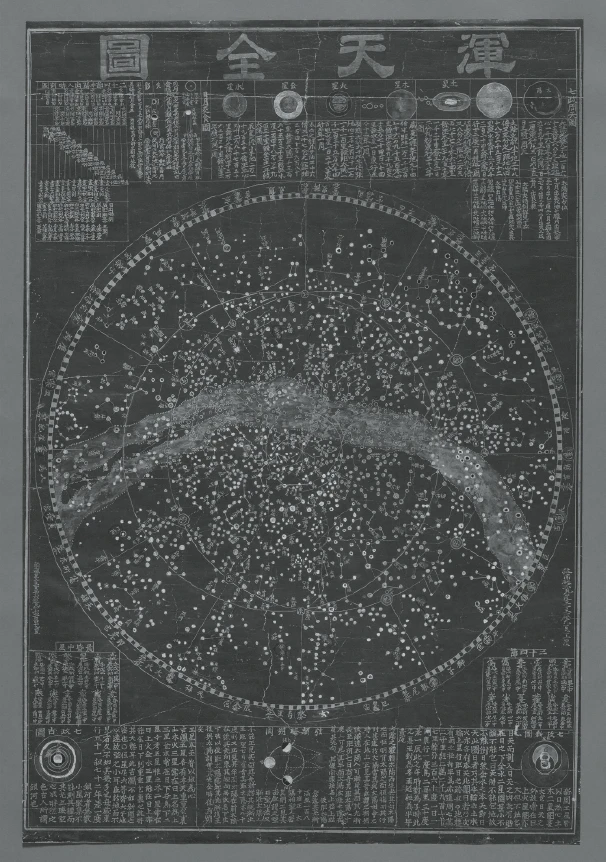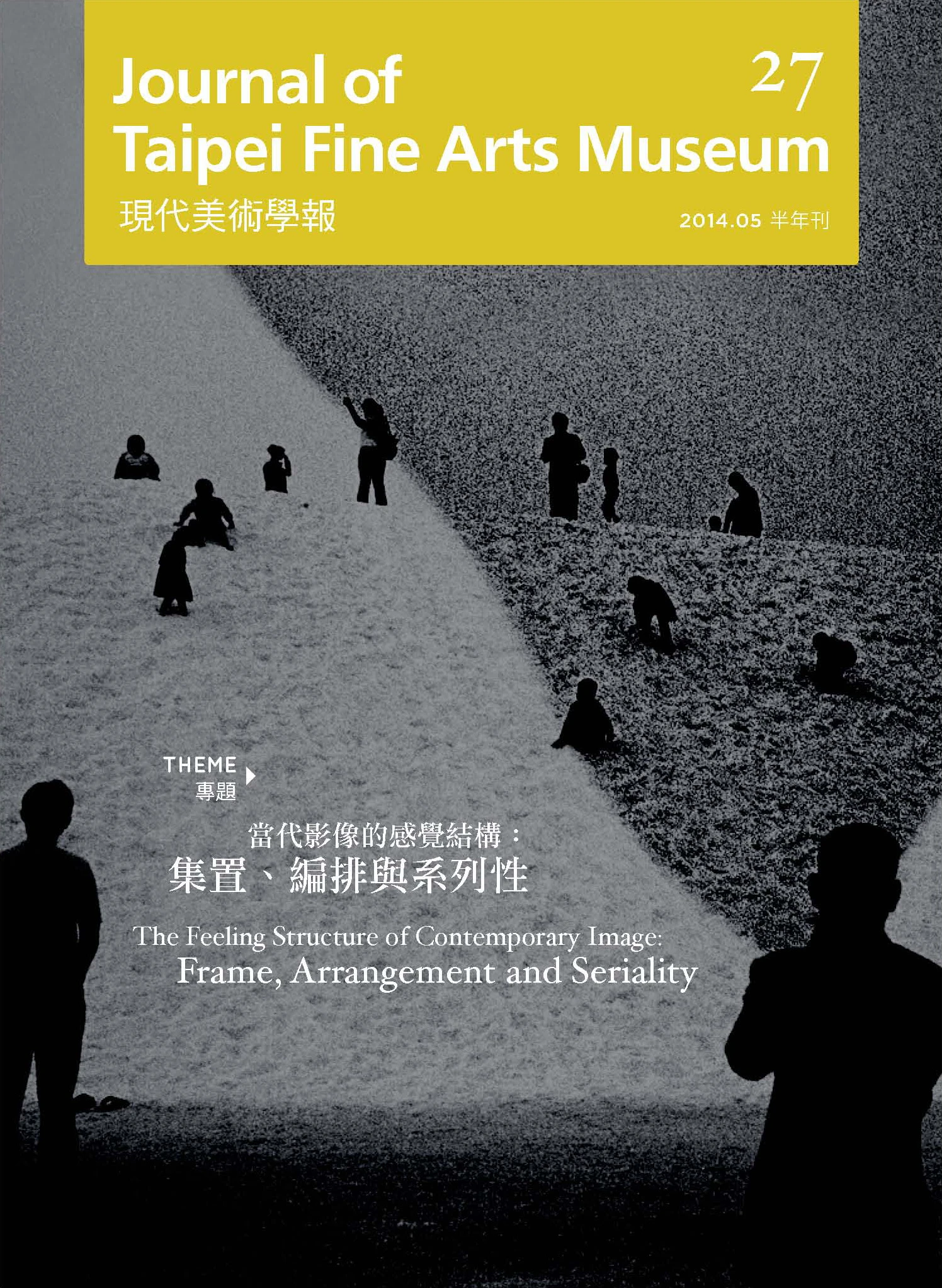摘要
台灣藝術家雪克的作品多關注亞洲地緣政治史,特別是台灣歷史與身份的建構。在藝術家的創作自述中,說明了她以電影語言體系進行敘事的試驗,並且以電影的象徵與再現作為建構集體記憶與個人記憶、或兩者之間的關聯。因此,如果我們假設「電影書寫」(Cinematic writing)作為她的創作方法,同時她又以錄像藝術的形式呈現作為前提,於是首先開啟了「電影歷史」命題化的契機。其次,「電影」、「歷史」兩個命題又分別在藝術領域與亞洲地緣政治史的範疇中,創造檔案與記憶間的對話。「身體」則在其作品中扮演重要角色,在影像中證成記憶視覺化、聽覺化與觸覺化的能力。因此,本文試圖檢視何謂雪克作品中的「電影書寫」?「電影書寫」在進入當代藝術體系後「電影」與「書寫」進行什麼樣的轉化?而身體又如何在「電影書寫」的框架內,完成藝術家所專注的歷史身份命題?我們將檢視雪克的《回魂記》、《隱沒帶》、《台北公園》與《1989》這四個作品來回應這些問題。
關鍵詞
電影書寫、身體、複寫歷史、電影、雪克
Abstract
The history of geopolitics in Asia is the main theme of most of Shake's works. She is particularly interested in the construction of Taiwanese identity and its history. In the artist statement, she says that she focuses on the experimentation of narrative in systems of cinematic language, symbol, and representation as well as relations and construction of collective/individual memory. If we assume that "cinematic writing" as her method of creation, and that she presents her work as video art, this allows us to problematize the question of "the" history of cinema firstly. Secondly, "cinema" and "history", two terms respectively create a dialogue between archives and memories in the field of art and that of geopolitical history in Asia. In addition, the body plays an important role that is able to initiate a process of visualization, audibilisation, and tangibilisation. So, what does "cinematic writing" mean in her works? What are the transformations of "cinema" and "writing" when cinematic writing enters the regime of contemporary art? How the representation of the body responds to the question of identity and history? In this article, we will examine these questions through Return, The Subduction Zone, Taipei Park and 1989s.
Keywords
Cinematic writing, body, rewriting history, cinema, Shake






